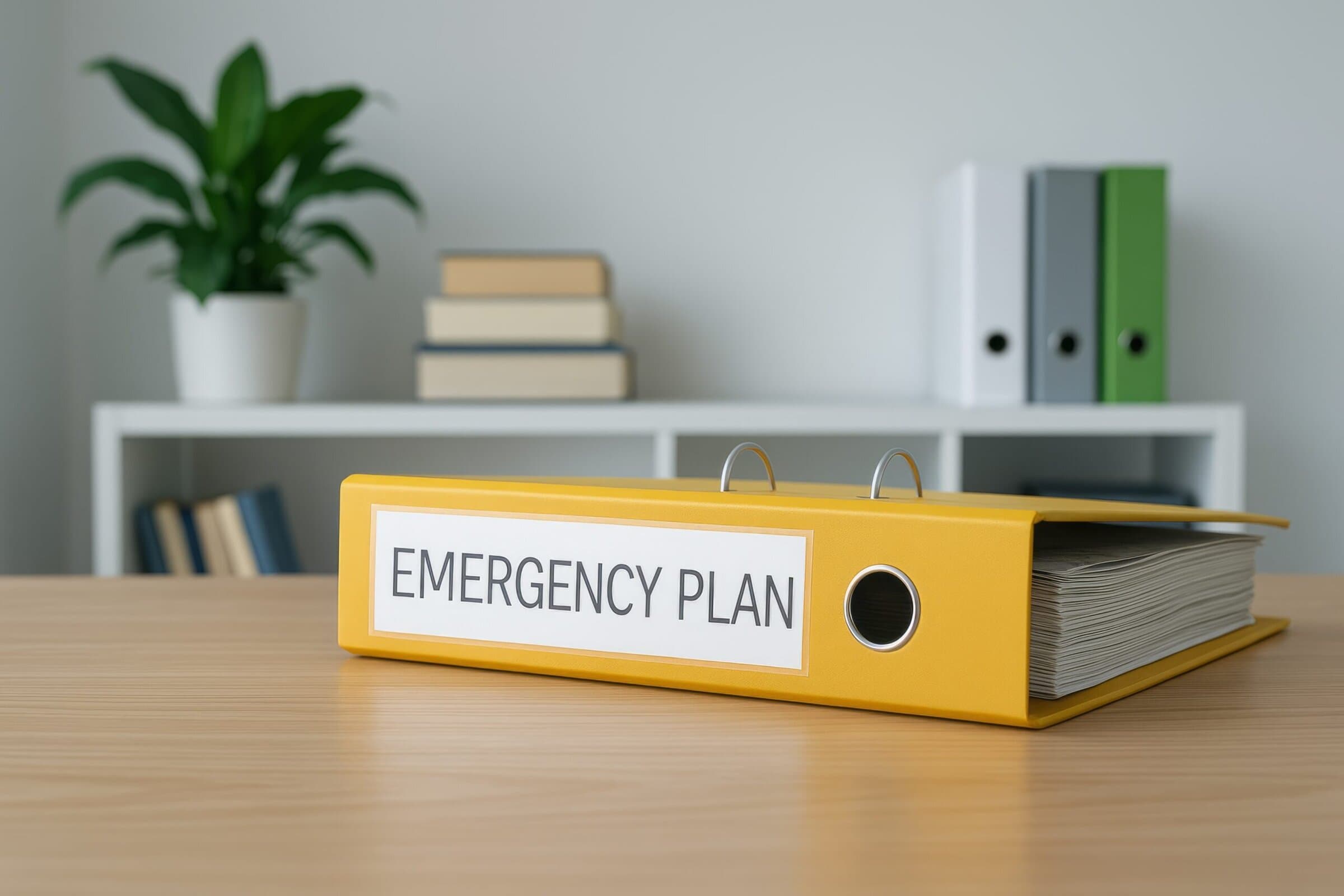Nonprofits exist to serve. But disasters, such as wildfires, cyberattacks, active shooters and even burst pipes, can halt your work in an instant. Although emergency planning may seem secondary to your mission, preparing now can safeguard your organization’s clients and staffers and your ability to keep making an impact.
4 planning essentials
Pinpoint your vulnerabilities by starting with a risk assessment. Then, focus your efforts on four critical areas:
- Assess your facilities and infrastructure. Evaluate your building’s safety and systems, including fire suppression, utilities and communication lines. Consider whether your location is prone to threats like flooding, crime or limited access. Make sure evacuation procedures are clear and feasible for all staff and visitors.
- Plan for operational recovery. Your top priority post-disaster will be to resume essential functions. Identify which people, equipment, records and resources are critical and vulnerable. Consider how power or utility loss would affect operations, and stock necessary supplies to bridge the gap. A recovery plan with clear timelines can help reduce downtime.
- Protect data and key documents. Even if you rely on cloud systems, back up data regularly and test those backups. Digitize important documents such as your IRS determination letter, incorporation papers and insurance policies. Secure copies of contact lists, banking info, and grant records to ensure continued access during a crisis.
- Clarify communication protocols. Fast, effective communication is essential. Set up systems, such as call trees or mass emails, for reaching staff, clients and funders quickly. Draft press release templates in advance and identify how clients will be served if you’re temporarily offline. Know what you’ll say, how you’ll say it and who needs to hear it.
Reducing exposure
Once you’ve identified your nonprofit’s specific vulnerabilities, use a two-part strategy of mitigation. First, consider installing essential backup systems such as generators or surge protectors to keep critical operations running during power failures. Cross-training staff is another key tactic that helps ensure more than one person can perform each vital role. In addition, it’s wise to maintain active relationships with secondary suppliers or service providers so you’re not left scrambling if your usual sources fall through.
Second, accept that some disruptions are unavoidable and require a solid plan. Draft clear, realistic procedures for managing these scenarios and regularly train your team through drills or tabletop simulations so they’re confident in their roles during a crisis. Don’t overlook the importance of insurance. Consult your insurance broker to review current coverage and fill any gaps that could jeopardize your organization’s ability to recover quickly.
Now what?
Not every risk can be eliminated, but your nonprofit can be ready to respond when disaster strikes. A solid response plan helps protect your team, sustain operations and preserve your mission during critical moments.
Put together an emergency response team made up of staff from various departments. This group should:
- Create an emergency manual that outlines roles and procedures,
- Form a team to address essential elements of the plan, and
- Develop a crisis communications plan (such as phone or email trees)
Take the time to get to know your first responders before you need them. Their input can enhance your planning, and early coordination typically leads to faster, more effective support in an actual emergency. Lastly, remember that preparedness is ongoing. Revisit your risk assessments and update your plan regularly to reflect changes in staff, structure or potential threats.
Time to prepare
In an unpredictable world, nonprofits can’t ignore the risk of sudden disruptions from natural disasters and other emergencies. While not every crisis is preventable, preparation can reduce its impact.
© 2025


